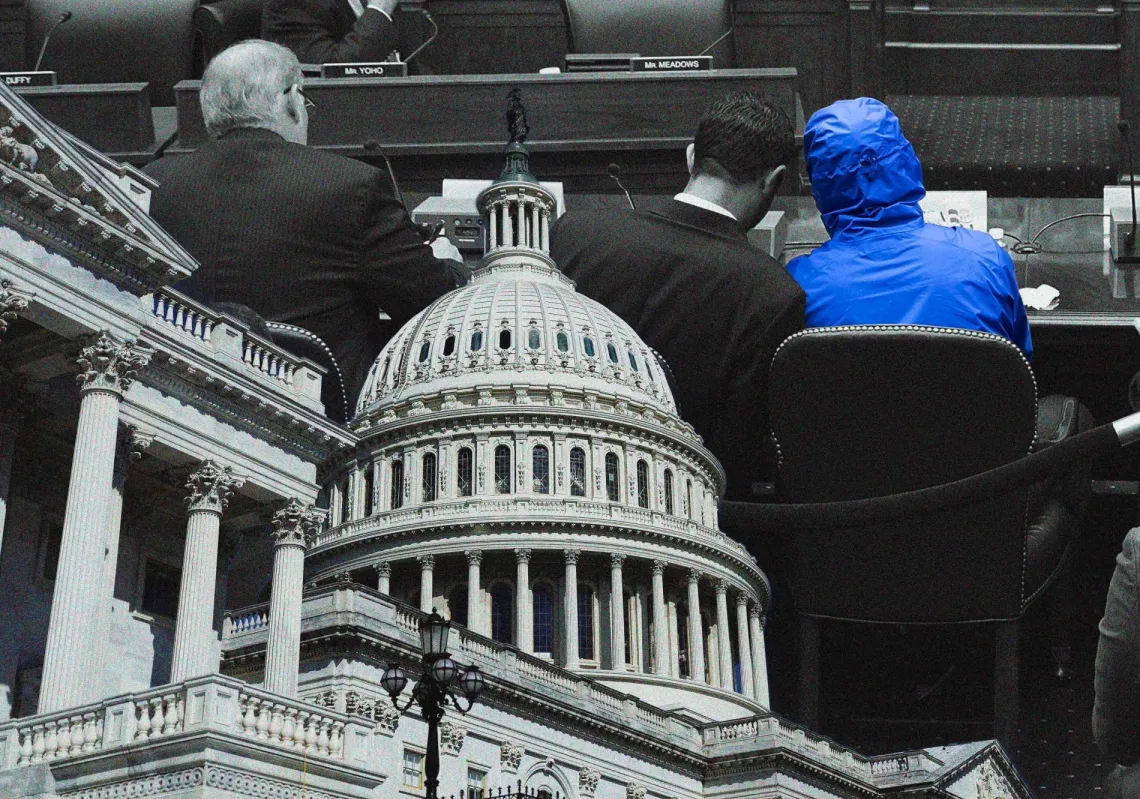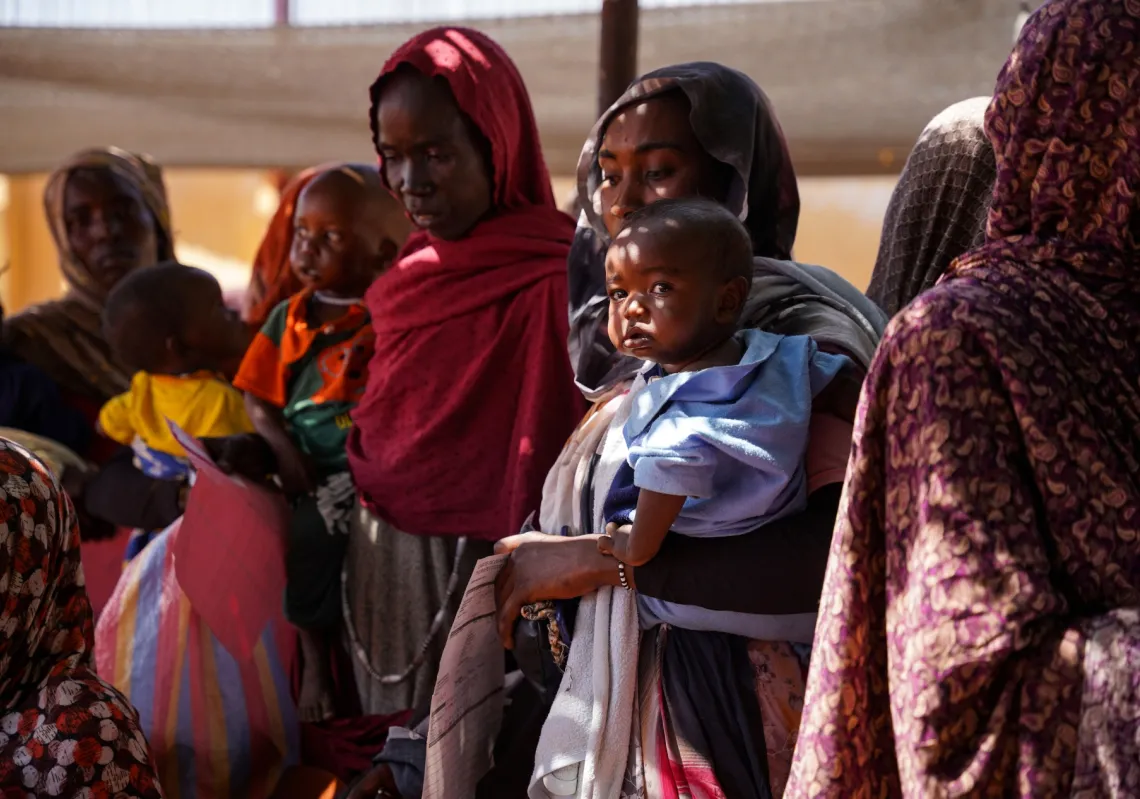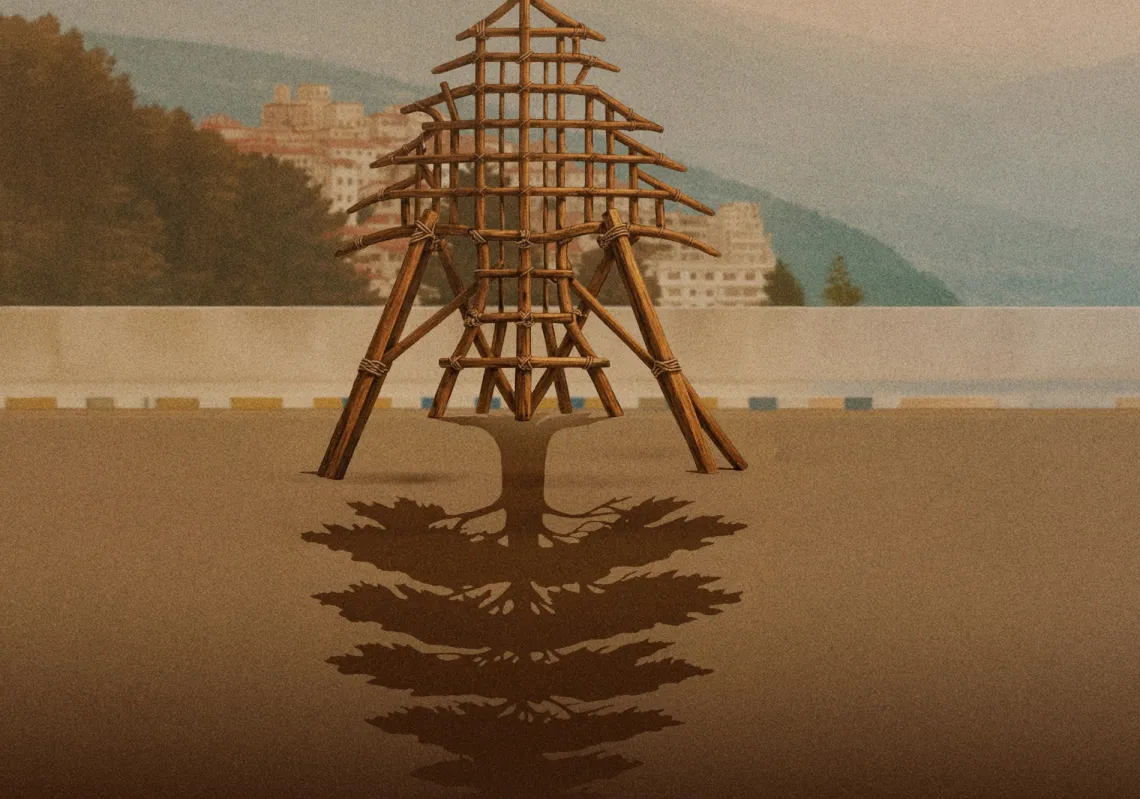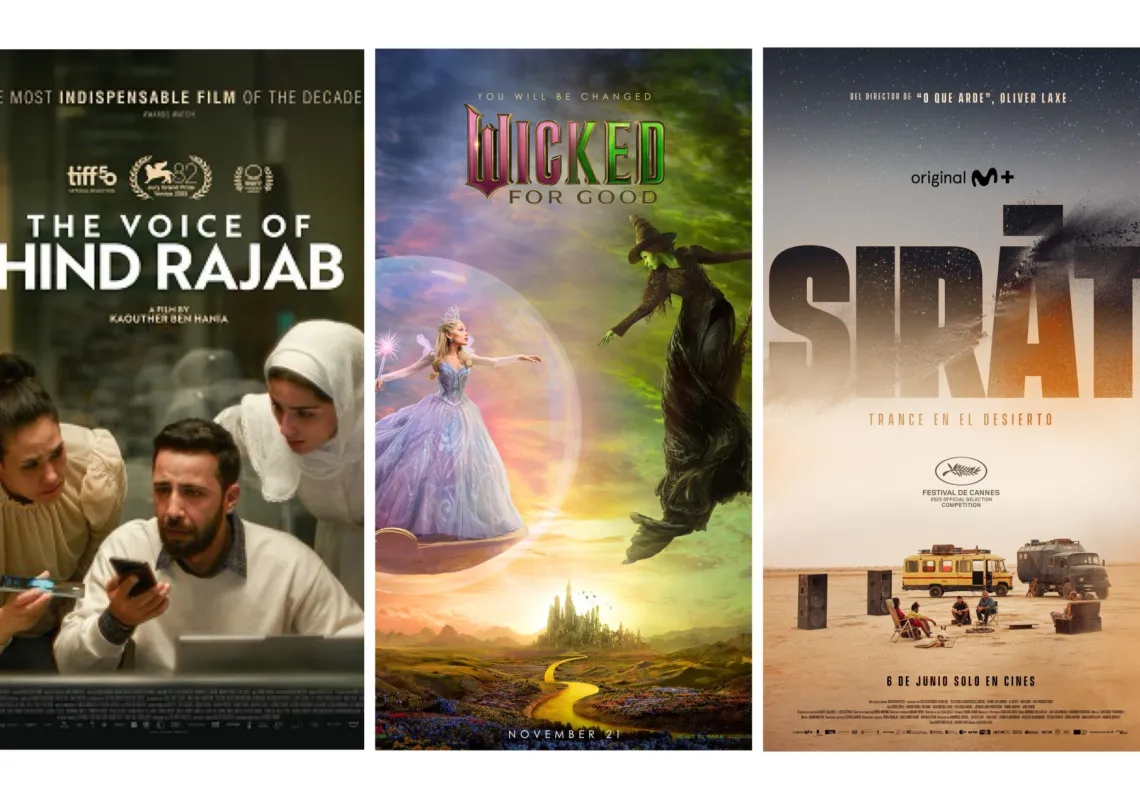At a seminar last month in one of the NASA buildings in Washington DC, a US defence and intelligence services analyst gave a PowerPoint presentation showing several war games simulations to a room of fellow analysts and policy advisors. As the screen behind him flashed between different battles and strategies, he told his audience that the US government is already programming its military systems with dozens of scenarios similar to the ones he showed. These scenarios were not centred on wars stemming from the familiar diplomatic conflicts with Iran, or North Korea, or even old Cold War-style nuclear face-offs with Russia or China. Instead, every one of the simulations was based on one of the many possible wars the US government already believes could arise due to climate change.
Now whether you are a sceptic or a believer in climate change or the proposed link to human activity as a cause, when the US military is jumping on the environmentalist bandwagon, it is hard to deny the big players are taking it seriously. Anthony Hobley, a climate change legal specialist at law firm Norton Rose, was among the audience at the seminar. ‘The presentations really hammered home that some nations at Copenhagen were negotiating for their very survival,’ he says. ‘The trajectory it seems we are on without drastic action, according to the trends in the observed scientific data, is the world at 6 degrees Celsius hotter, which is unthinkable.’
No doubt every nation in the world would like to see the details of those US military simulations, and certainly each region of the world will face its own challenges and conflicts if climate change is not averted. We have already heard many devastating predictions – from the sea flooding that could wipe low-lying states like Bangladesh, the Maldives and many Pacific Islands off the map, to the drought and increasing desertification that could choke agricultural regions around the world.
But what are the likely effects in a region that is already dominated by desert and constrained in so many ways by its need for water? Policy makers and industry leaders in the Middle East would love to know. For example, are the deserts of Jordan a future conflict zone in the US government simulations? Will there be water riots on the shores of the Sea of Galilee? Will battleships accompany the fishing vessels competing for diminishing stocks in the Red Sea, or the Mediterranean, or the Persian Gulf?
It need not all be guess work. In fact, many governments, businesses and NGOs across the Middle East are already warning – and preparing for the worst – based on predictions taken from existing data and scientific models.
Dangers ahead
Take Jordan. The Hashemite Kingdom already experiences regular interruptions in the water supply, and very few Jordanians can rely on running water 24 hours a day. Rationing water is just one of the rhythms of daily life in cities like Amman. And even to maintain this intermittent supply, Jordan has to resort to tapping into ancient underground reservoirs of water – known as aquifers – and it also depends heavily on Israel as a supplier, as agreed under the terms of the peace accords.
But if Jordan has, per capita, one of the lowest levels of water resource availability in the world today, before the harshest effects of climate change have really set in, what will the future hold? Munqeth Mehyar, the Jordanian Director of Friends of the Earth, has a stark warning. ‘All the scientific models indicate the region will receive much less rainfall – that means less water in the underground aquifers, rivers and lakes.’
Indeed, even if we see only a 1-2 degrees Celsius rise in temperatures by 2050, which would be a best-case scenario even if the emissions cuts recommended by the UN’s Intergovernmental Panel on Climate Change were achieved, the 80% of Jordan’s total land area that is currently semi-arid (and potentially arable), would deteriorate into arid desert.
‘It’s a chain link process,’ says Mr Mehyar. ‘First we see the flora and fauna affected, then it will immediately start to affect the human beings themselves. And all of this region is suffering, and will suffer. Not just Jordan, but Syria, Algeria, Lebanon. Most of the Middle East.’
So far armed conflict in the Middle East specifically related to water supply has been conspicuous largely by its absence. But the potential is certainly there, as is demonstrated in other areas susceptible to drought, such as Kenya, where over 300 people have been killed this year from conflicts over water after three years of continuous drought.
Increasing temperatures and lower levels of rainfall will affect not just individuals, but the wider food supply and the economy too as large businesses such as agriculture see declining yields. Industries such as fishing and tourism also face threats. The seas and coastal regions of the Middle East are rich in coral reefs. These reefs act both as a home and a food source for the much of the fish in the Red Sea, the Persian Gulf, the Arabian Sea, and parts of the Mediterranean. They also bring lucrative tourism in the form of divers and snorkellers eager to experience the biodiversity of the coasts. But climate change threatens the coral and the fish. As the concentration of carbon dioxide in the atmosphere rises, more and more of the gas is absorbed into the seas and oceans. Carbon dioxide dissolves in seawater to form carbonic acid, which is seriously harmful to plant and animal life in the seas, especially coral.
‘At 450 parts per million (ppm) of carbon dioxide in the atmosphere, coral reefs stop growing,’ says M. J. Mace, a climate change negotiator for the Alliance of Small Island States. ‘At 550 ppm they disintegrate entirely. We know this. It’s been observed.’ Scientists already know the point at which coral reefs die from too much exposure to carbonic acid because they have observed the process in seas close to volcanic eruptions where carbon dioxide concentration in the air is very high.
The carbon dioxide concentration recorded in the Earth’s atmosphere by the US National Oceanic and Atmospheric Administration (NOAA) as of March 2009 was 387 ppm, which is a rise from an average of 378 ppm in 2005. The NOAA has recorded a steady rise of carbon dioxide concentration since 1960, when the atmosphere contained less than 320 ppm.
‘Even if the global concentration of carbon dioxide peaks before 2015, which is looking very optimistic, we will still see between 445-490 ppm. That could mean fish stocks declining as the coral they feed on stops growing. What’s more likely though, is we could see a carbon dioxide peak of 535-590 ppm. In that case, coral will die, and so will the fish,’ says M J Mace.
Coral reefs of course take many decades to grow, and without them generations of fish will not survive, most likely leading to population collapses and many extinction events. So the seas of the Middle East could become very sparsely populated by plant and animal life, meaning goodbye not only to the profitable fishing and tourism industries, but also to the fish many people in the region rely on for their daily meal.
Yellow brick road
As always, there is opportunity in threat, and the doomsayers are just as quick to point out solutions. In Jordan, Friends of the Earth sees the threat of climate change as a motivation to hammer out better agreements on how water is managed.
‘If Middle Eastern countries don’t sit down and renegotiate their water,’ says Munqeth Mehyar, ‘we’ll be heading to a conflict. But water will always be an issue that can bring people together rather than separate them – it’s a point of meeting for people in the Middle East in our time. I think Jordan and Israel, for example, should go, and will go, to renegotiate the terms under which they deal with water.’
One of the major problems in the past has been that Israel is obliged to give Jordan a minimum quantity of water, not a percentage of its total supply. So when the supply falls below what Israel needs for itself, it cuts what it provides to Jordan, as happened during the record drought at the Sea of Galilee in 1999. Friends of the Earth sees the current arrangement as a potential source of conflict because there is no concept of shared burden. The organisation sees renegotiation as a chance for greater integration between the two countries on responsibility for water, so that management and interests are shared, and competition is reduced.
‘We certainly need to talk about percentages of water, not quantities,’ says Mr Mehyar. ‘We have to avoid earlier mistakes. I hope we can learn that water is a regional resource, not a national resource. It can be a source of cooperation. We need to work together to preserve it. For example, in Jordan we are used to the adaptation theory, because nobody has water all the time, so we have learned to conserve it. In Israel they always receive water, so there is a culture of using and abusing it. But we all have a lot more to learn, no matter what country we’re from.’
The Middle East does not just have to prepare for the threats posed by climate change. It can also profit from potential solutions. While the region does not have large supplies of certain natural resources, such as protected rainforests, that could be used to gain ‘carbon credits’, it has an advantage in that its emissions are relatively low on a global scale. Thus, it does not face such huge challenges in making cuts. It also has other types of resources that could be turned to profit in the zero carbon age.
‘Deserts can actually be extremely valuable in the alternative energy industry,’ Mr Mehyar says. ‘Solar energy technology is improving not annually, but monthly, even daily. First generation photovoltaic cells were only 10% efficient, and used very expensive silicon. They also needed an ideal temperature of 25 Degrees Celsius. Anything above that significantly reduced the efficiency. Now we have third generation photovoltaic cells widely available. The technology has been used in space, and companies are starting to bring it down to earth. It is 25% more efficient than the first generation, so it is economically more effective. And high temperatures do not affect it, so it can be used in the desert. In the Middle East in particular this could be the answer to the energy crisis.’
While some countries, like Spain, are already experimenting with solar energy on a larger scale, the costs involved are very high. It will also be very difficult to export excess energy for profit to neighbouring regions like Southern Europe or the Caucasus states because electrical energy is lost over long distances on the grid system. Mr Mehyar admits the initial investment costs will be high. ‘But in the long-term it will pay off. Even fossil fuel gets government subsidies. Those same subsidies can be transferred to solar. After that, it is free energy from the sun. Even with the existing grid system, if you lose so many Kilowatts along the way, it’s a start. And with an upgraded system, you can decrease the amount that’s lost.’
But this points to a larger problem in trying to cope with the costs of climate change for the Middle East: funding. ‘Between 50-85% of all funding required for adaptation to climate change will have to be private finance,’ says Anthony Hobley of Norton Rose, a leading international legal practice. ‘When you consider that by 2030 the total global funding required is estimated to be between US$384-563 billion per year, that is quite a sum.’
But business, both globally and in the Middle East, is still not involved in climate change issues as much as it needs to be, or even wants to be. ‘71.7% of businesses surveyed recently by Norton Rose said they thought they could not, or could not really, influence the process of negotiation and adaptation being discussed at conferences like Copenhagen,’ says Mr Hobley. ‘We need to ask: why is business not more engaged? Why is it not working through its business forums and trade organisations? Is that the fault of business, or is it governments not reaching out?’
The answer may be a bit of both. Some governments are already taking steps. Jordan is currently building a new pipeline from the huge Disi aquifer to bring water to Amman, and the government has been in talks with the Palestinian Authority and Israel to discuss plans for a canal between the Red Sea and the Dead Sea to help stem the decline in inland water levels. But even these projects are still lacking in investment. Other governments though seem largely unconcerned by either the threats or the business opportunities presented by climate change, as Munqeth Mehyar points out.
‘One thing I still cannot understand is the divergent positions of the Arab countries. It’s not just about carbon emissions. It’s also about good business sense in using a commodity like oil. I find it very strange that oil producing countries like Saudi Arabia, Algeria or Syria would not support talks like Copenhagen. Oil is a very precious commodity. We can use it not just to get energy. It goes into every product around us – plastics, pharmaceuticals, chemicals. Why are we burning that very precious commodity to get energy at the same time as we can get energy from alternative sources? We are depriving the Middle East of the future long-term revenue stream of oil as a raw material by burning it up in the short-term instead.’
His concern over short-sighted policy and the failure of so many to act is well placed. By all scientific accounts, the effects of climate change are now progressing faster than even the (by no means conservative) IPCC anticipated. ‘Sea level is rising faster than IPCC predictions,’ says M. J Mace., ‘the West Antarctic ice sheet loss is accelerating, Artic sea ice loss is outpacing IPCC projections, the rate of loss of the Greenland ice sheet has accelerated beyond predictions made just a couple of years ago. The problem is it seems not to matter how often you repeat the headline figures, people still forget them, and these are things we cannot afford to forget about.’
Indeed, with recent reports from the UK Meteorological Office that the past decade has been the hottest on record, and the World Meteorological Office saying 2009 will be one of the ten warmest years recorded, with a warming of 0.44 Degrees Celsius above the long-term average, it may soon become hard for the people of the Middle East to forget that the heat is now really on.
Patrick Loughran - Freelance journalist, specializing in climate issues and a regular contributor to CNN and the Times.







